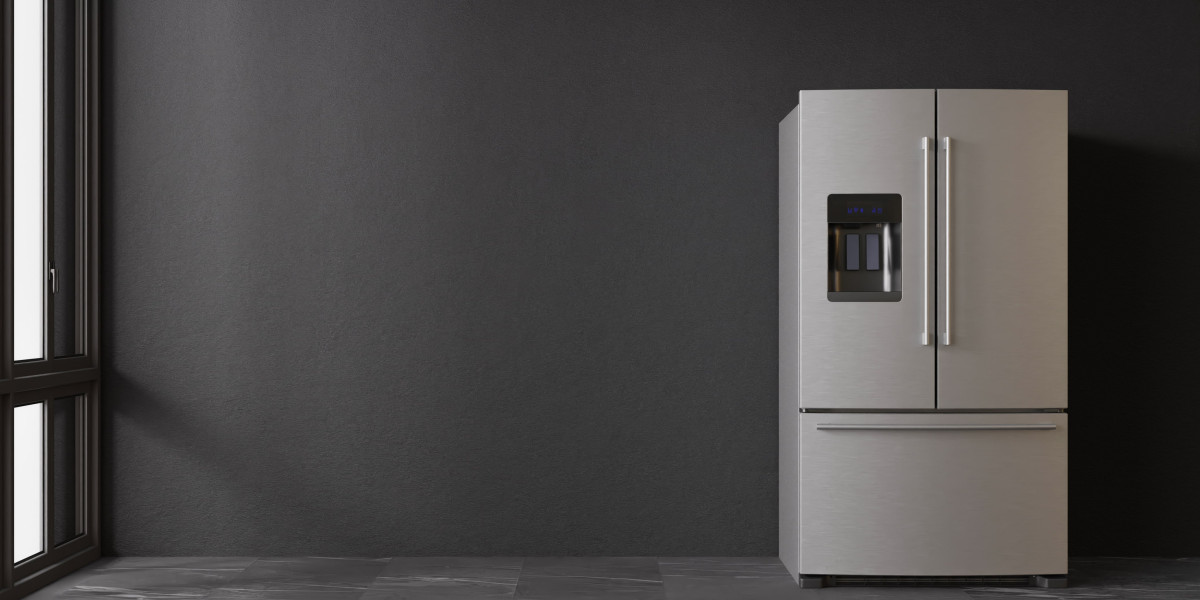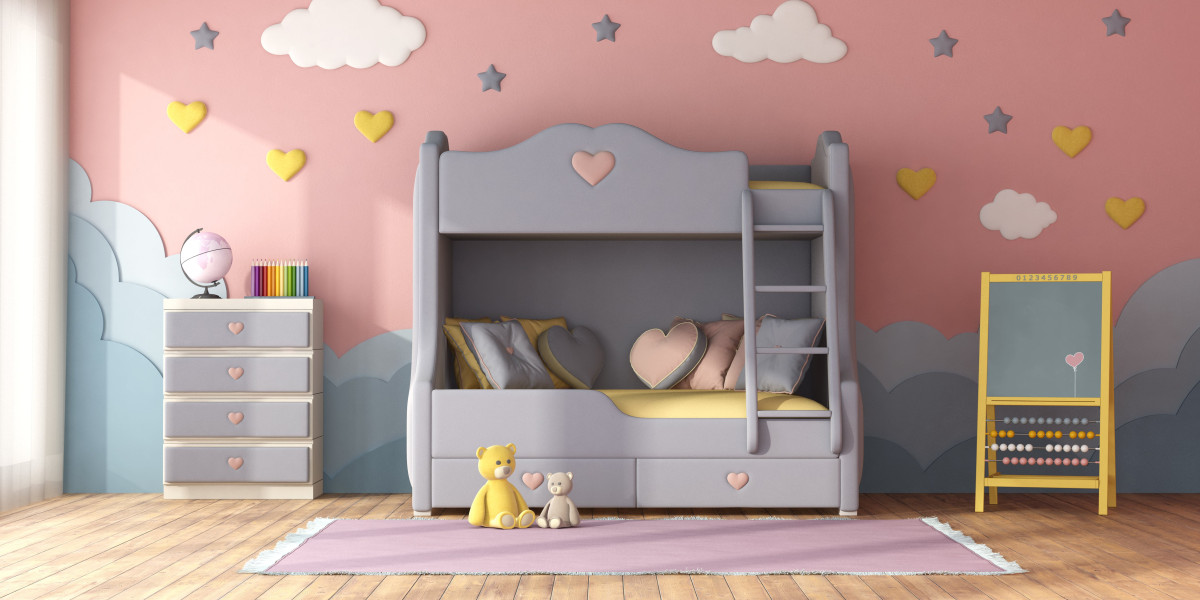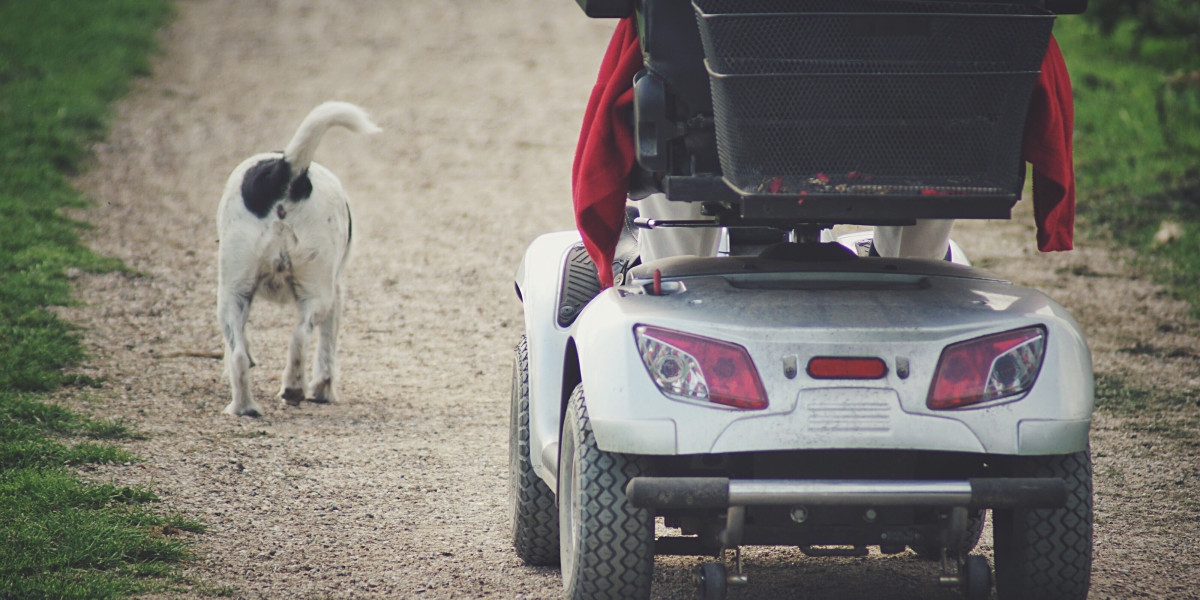Brushing a dog can be a moment of calm and connection when tools and technique work together, and many owners turn to a specific tool when tangles appear, and the China Pet Knot Untying Comb often shows up in conversations about gentle at home care. Tallfly builds on that interest by shaping tools and guidance that treat mats as temporary puzzles rather than battles. With more people sharing time and space with pets and with conversations about wellbeing in daily routines gaining attention, knowing how to remove mats without stress is a practical skill worth learning.
Start with a calm setting. A tense environment makes an animal tighten its muscles and hold knots more firmly. Choose a quiet room with soft light and a stable surface. Offer a brief pause for pet sniffing and a few comfort words. Slow breathing from the handler helps the animal relax and lets you feel the coat rather than pull. These small elements set a cooperative tone and make the rest of the session smoother.
Assess before you act. Run your fingers gently through the area around a mat to see how tight it is and if skin lies flat beneath. If a mat traps debris or hides an irritated spot stop and check closely. Gentle separation with the fingers reduces the need for tool force. When a comb becomes necessary use short gentle motions aimed at loosening fibers gradually instead of trying to force the knot apart in one move.
Choose the right tool and use it as intended. Combs designed for knot work feature rounded tips and a mix of teeth sizes to ease into the tangle and then finish with finer teeth. A tool that fits comfortably in your hand reduces tension and gives better control. Tallfly emphasizes handles balanced for natural grip positions so users can remain steady during longer sessions and so motion stays consistent rather than jerky.
Work from the edges inward. Using a comb or your fingers begin at the outer loops of the knot and tease them outward. This approach reduces pressure on the skin and avoids compacting the mat further. If a knot resists gentle teasing try a little water or a conditioner made for pets to add slip. Let the product sit a moment then retry the loosening motion. Always keep sessions brief enough that the animal remains comfortable and willing.
Use distraction and reward. Soft praise a calm voice and treats at measured intervals make a big difference. Some pets respond to a favorite toy in reach while others prefer calm stroking away from the working area. Short rest breaks let the animal reset and let you reassess the knot. Over time these positive associations teach the pet to tolerate and even accept routine care.
Know when to stop and seek help. If a knot is tight against the skin or if the coat conceals irritation or a wound pause and consult a professional. A hurried attempt to fix a severe mat can cause pain and mistrust. Professionals have options for safely removing tight mats and for advising on prevention so your at home routine improves and the pet does not develop aversion to grooming.
Preventing mats is a quieter kind of work. Regular light brushing maintains a coat in a state that resists tangles. Pay attention to typical mat hotspots like behind the ears and under the legs and give those areas a quick pass more often. Adjust grooming frequency with seasonal coat changes or with shifts in activity level. Small consistent habits reduce the number of stressful detangling sessions.
Keep tools clean and ready. Hair build up in combs reduces their effectiveness and can introduce residue into a fresh session. A quick clear after each pass and a gentle wash when needed preserve finish and performance. Drying tools carefully and storing them in a protective case prolongs life and keeps teeth aligned so they work as expected when you need them.
Respect skin and coat differences. Some breeds and individual animals have fragile skin or naturally fine fur. Adjust the pressure and the length of sessions to suit the animal. A tool that works well on dense fur may be unnecessary on a short coat. Tallfly's guidance and product notes highlight handling cues and maintenance tips that help match approach to coat type in ways that support comfort and consistent care.
When home routines expand to include travel and irregular schedules choose a compact tool that you can use in short sessions. Regular pocket sized maintenance prevents mats from becoming extensive and reduces the chance of needing a longer stressful session later. For busy households a few minutes every day spaced across the week can maintain a healthy coat and keep grooming a shared pleasant routine.
Removing mats without stress is as much about the relationship as it is about technique. Gentle hands calm pets. Clear breaks and positive reinforcement build trust. Choosing a tool that feels natural and that supports slow consistent motion helps avoid painful tugs. For those who want to explore a specific model and read detailed handling notes go to the product feature page and review design and care suggestions that match different coat types and owner needs. The page offers clear photos and user focused notes that illustrate the steps described here. For a closer look at design features and handling tips visit https://www.tallfly.net/news/stop-the-pull-why-china-s-pet-knot-combs-revolutionize-home-groomin.html and read the feature that connects gentle technique with thoughtful tool design in everyday grooming routines.








